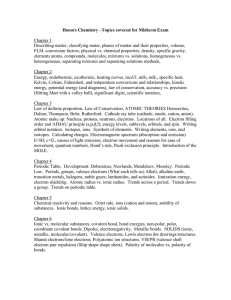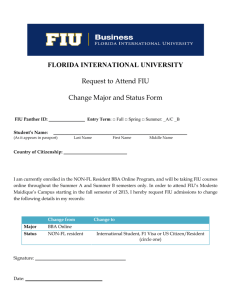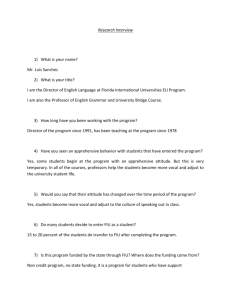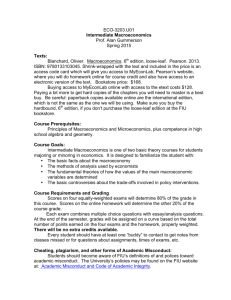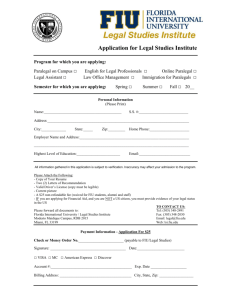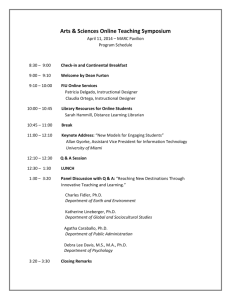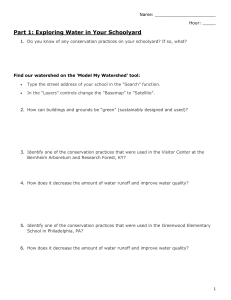Physical Chemistry
advertisement
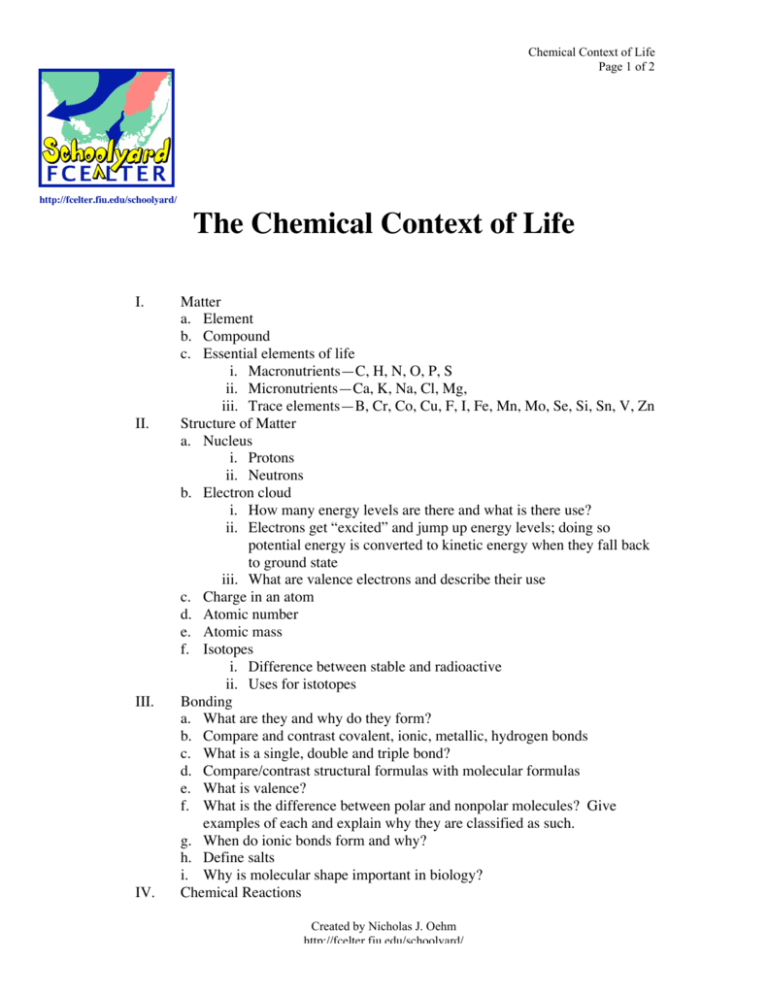
Chemical Context of Life Page 1 of 2 http://fcelter.fiu.edu/schoolyard/ The Chemical Context of Life I. II. III. IV. Matter a. Element b. Compound c. Essential elements of life i. Macronutrients—C, H, N, O, P, S ii. Micronutrients—Ca, K, Na, Cl, Mg, iii. Trace elements—B, Cr, Co, Cu, F, I, Fe, Mn, Mo, Se, Si, Sn, V, Zn Structure of Matter a. Nucleus i. Protons ii. Neutrons b. Electron cloud i. How many energy levels are there and what is there use? ii. Electrons get “excited” and jump up energy levels; doing so potential energy is converted to kinetic energy when they fall back to ground state iii. What are valence electrons and describe their use c. Charge in an atom d. Atomic number e. Atomic mass f. Isotopes i. Difference between stable and radioactive ii. Uses for istotopes Bonding a. What are they and why do they form? b. Compare and contrast covalent, ionic, metallic, hydrogen bonds c. What is a single, double and triple bond? d. Compare/contrast structural formulas with molecular formulas e. What is valence? f. What is the difference between polar and nonpolar molecules? Give examples of each and explain why they are classified as such. g. When do ionic bonds form and why? h. Define salts i. Why is molecular shape important in biology? Chemical Reactions Created by Nicholas J. Oehm http://fcelter.fiu.edu/schoolyard/ Chemical Context of Life Page 2 of 2 a. Why do chemical reactions occur? b. Write an equation describing a chemical reaction. Label products and reactants. c. When does a chemical reaction stop? Created by Nicholas J. Oehm http://fcelter.fiu.edu/schoolyard/


